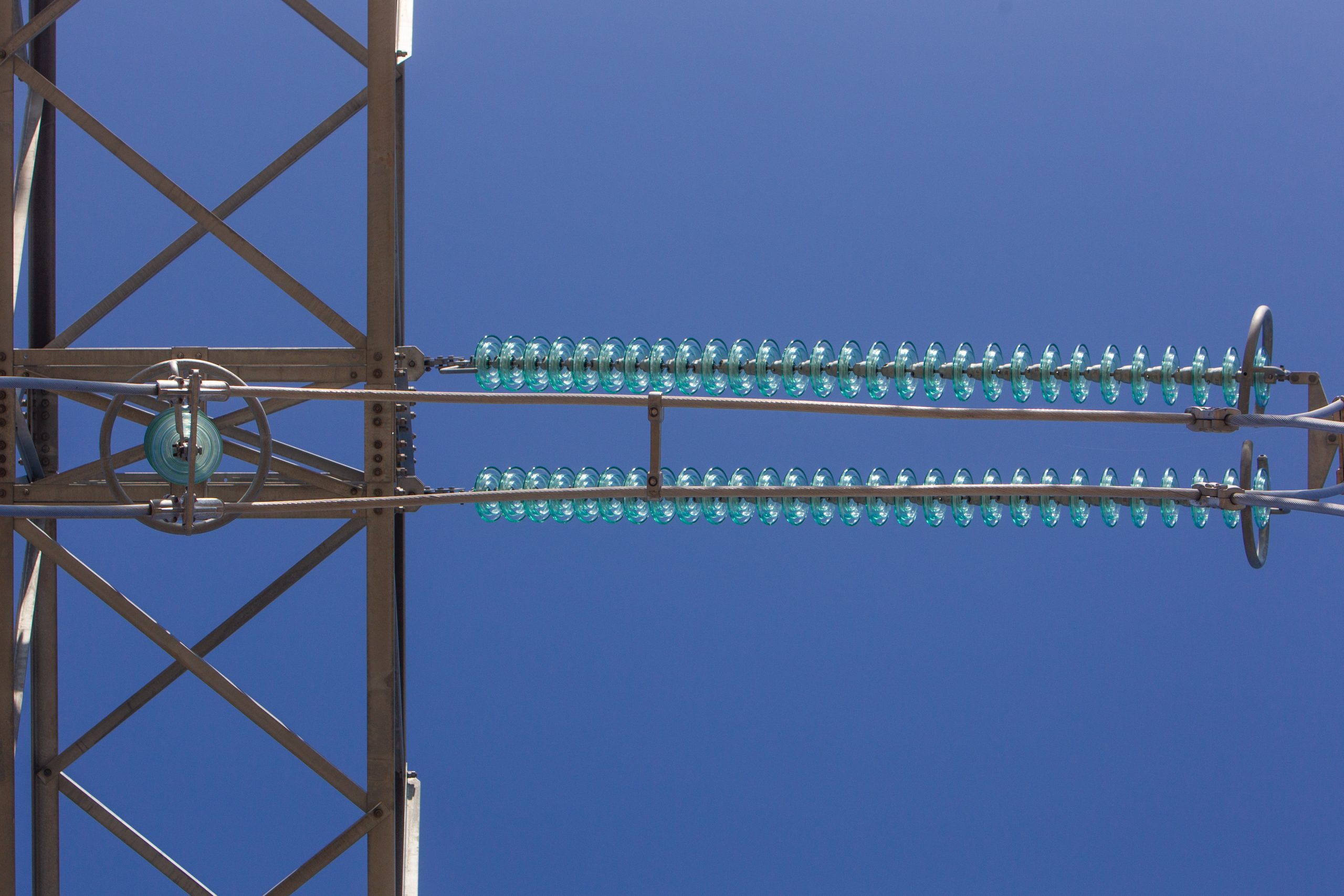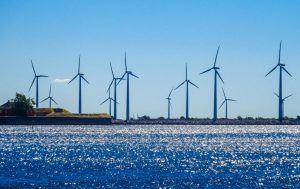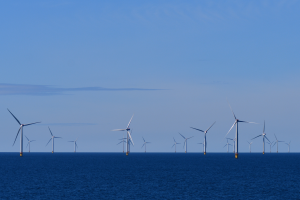Litgrid, the Lithuanian electricity transmission system operator, starts construction of a 330 kV switchyard in Darbėnai, Kretinga district. The switchyard, which is considered to be the future energy hub of western Lithuania, will increase Lithuania's energy security and commercial trade opportunities, and will contribute significantly to the growth of renewable electricity generation.
The project, which is aimed at preparing for synchronisation with the continental European grid, will integrate the Harmony Link international offshore interconnector with Poland into the country's electricity system and will distribute the electricity generated by the 1400 MW offshore wind farms across the country via the West Lithuanian transmission lines.
“Darbėnai is an important energy hub for Lithuania and our partners. The uniquely designed switchyard being built here is directly linked to major energy projects such as Harmony Link and offshore wind farms. Darbėnai is the first point of entry for the huge amounts of energy needed to meet the country's and the region's electricity needs. From Darbėnai, the electricity will continue its journey through the transmission lines of Western Lithuania to the centre of the country, and can be further exported to neighbouring countries”, says Rokas Masiulis, CEO of Litgrid.
The operator received the construction permit for the switchyard in mid-June.
The switchyard is unique in that it is planned to connect power lines for as many as three different purposes - offshore and onshore wind, as well as the Harmony Link offshore link.
The Darbėnai switchyard will also be equipped with a 700 MW Harmony Link converter station for the offshore link with Poland. This will be the third converter station in the country. The first converter station for the NordBalt international link with Sweden is located in Klaipėda, while the second for the LitPol Link international link with Poland is in Alytus.
The 330 km long Harmony Link offshore cable from Darbėnai to Poland's Żarnowiec substation will allow more flexibility in responding to the electricity market. When needed, the electricity has to be supplied, and in case of surplus - exported.
Offshore wind farms with high energy potential will also be connected to the Darbėnai switchyard. The power plants, which will be built in two phases about 30 km off the coast of Palanga, will have a capacity of 700 MW each.
The Darbėnai switchyard will also be the starting point of the newly constructed Western Lithuania 330 kV transmission line highway. The corridor will stretch from Darbėnai all the way to the Kruonis pumped storage power plant, more than 350 km in total, and will be used to distribute electricity flows from Western Lithuania, where renewable energy is rapidly developing, and Eastern Lithuania, where electricity consumption is growing.
The Darbėnai switchyard will also contribute to the development of continental renewable energy sources. It will connect the 330 kV Darbėnai-Bitėnai transmission line and, in the future, a 110 kV switchyard will allow for the integration of more continental green local generation into the transmission grid.
The reliability of the electricity transmission network will also be enhanced by works planned to the north-east of Darbėnai. The plan is to build 330 kV power transmission lines Darbėnai-Mūša (by 2033), Mūša-Panevėžys (2032), and to extend the Varduva switchyard into a transformer substation (2033). Once Litgrid's team implements these projects, power flows will be evenly distributed not only from west to east, west to south, but also north to south. This will strengthen Lithuania's electricity transmission system and further increase its resilience to disruptions.
The Darbėnai switchyard is planned to be completed by 2025.
Litgrid has already implemented 6 synchronisation projects in total. These include the extension of the 330 kV Bitėnai transformer substation, the construction of the 110 kV Pagėgiai-Bitėnai line, the reconstruction of the 330 kV Elektrėnai Complex-Vilnius line, the extension of the LitPol Link, the testing of an emergency connection to the continental European grid via the LitPol Link synchronous link, and the optimisation of the transmission network of North-Eastern Lithuania.
So far, Lithuania, Latvia and Estonia, together with Russia and Belarus, operate in an IPS/UPS system where the electricity frequency is centrally regulated in Russia. Connection to continental European grids and synchronous operation with Poland, Germany and other continental European countries will be ensured by 2025 at the latest.






